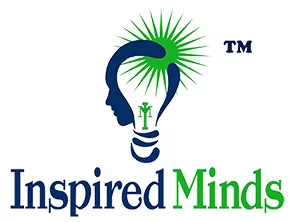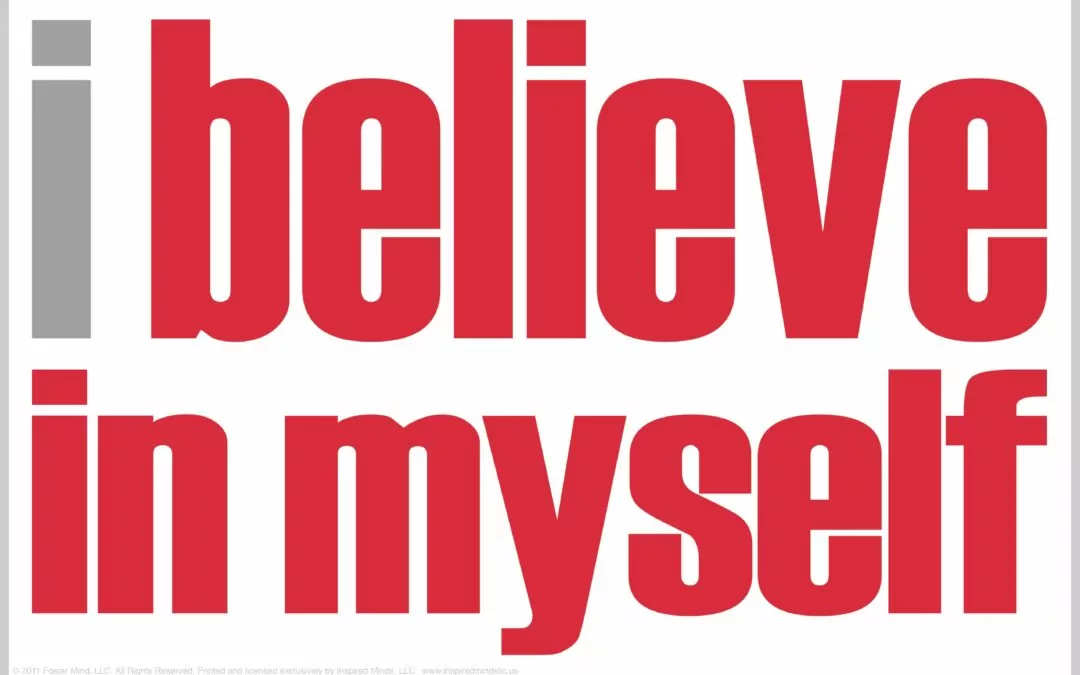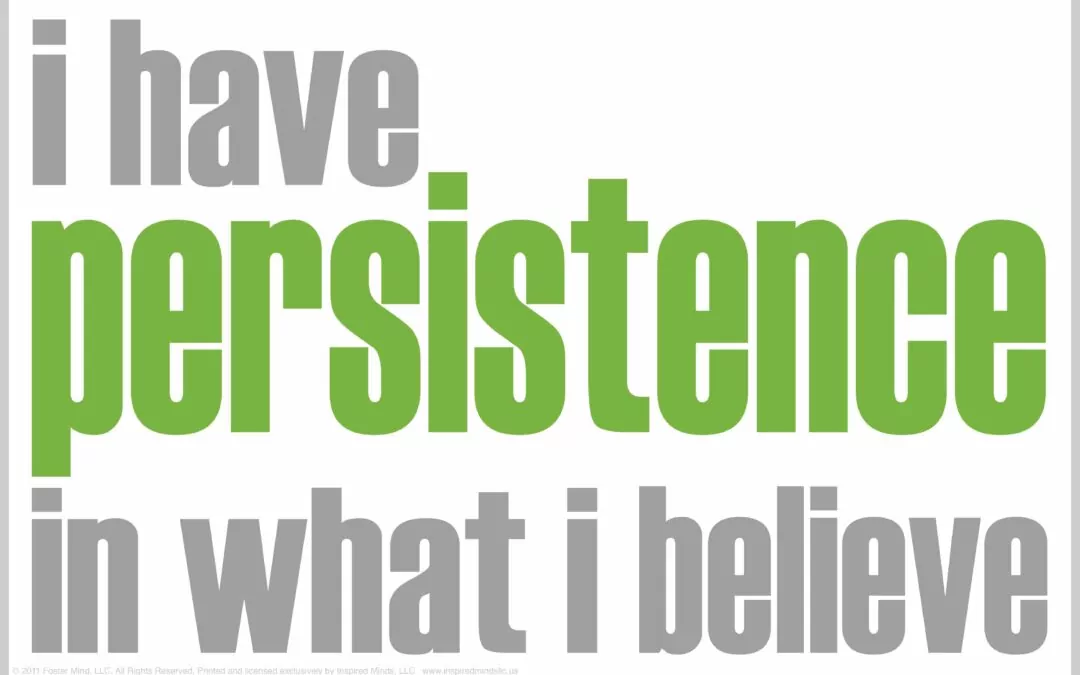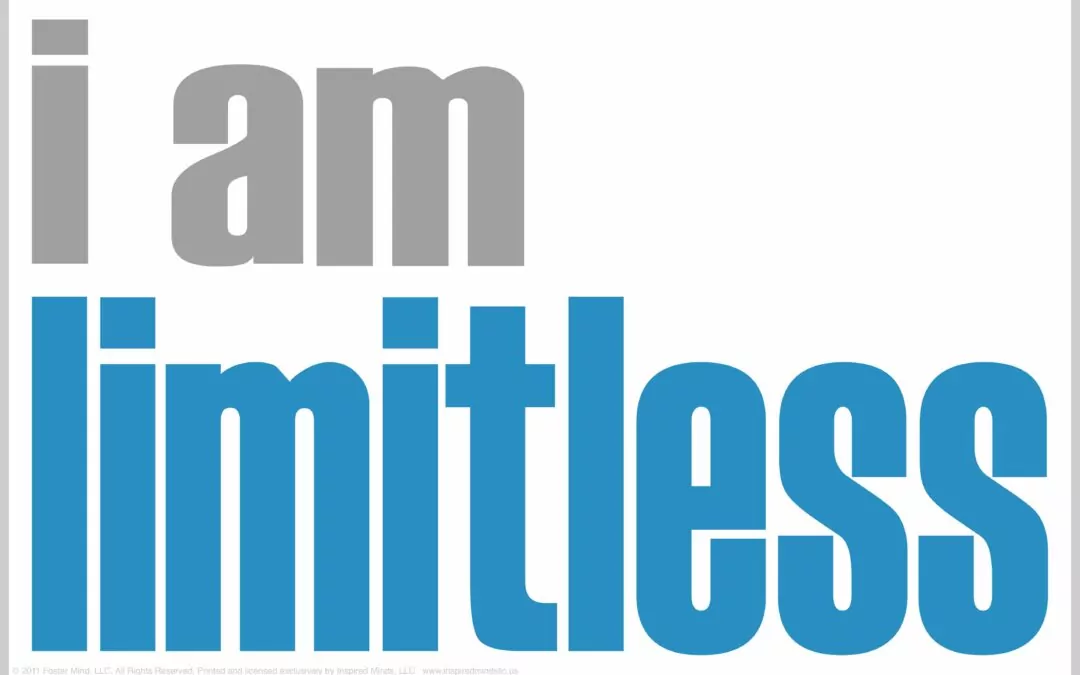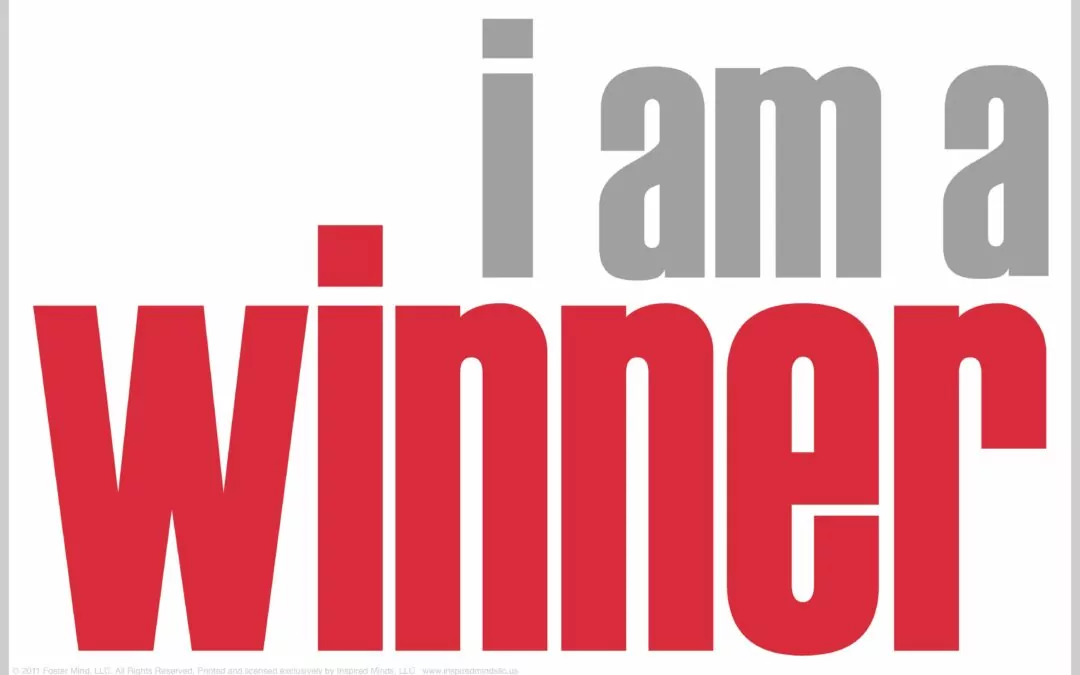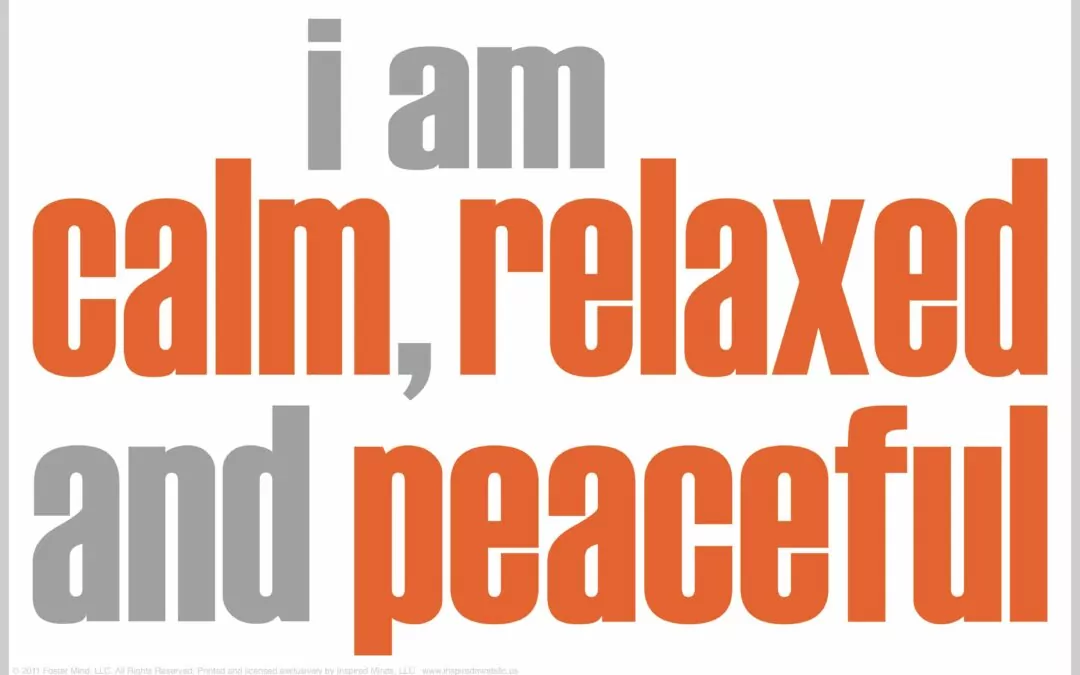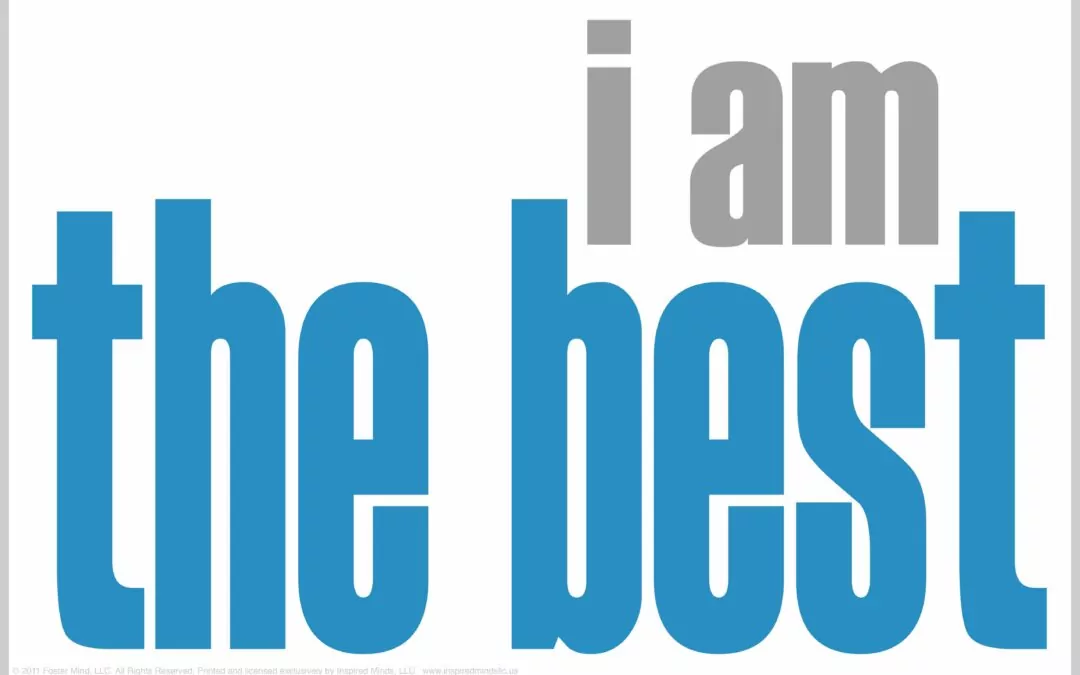
SEL Discussion Resource: I AM THE BEST
What does it mean to be the best? How does a personal best become a win? This week’s SEL class discussion prompts provide opportunities for students to consider how being their best helps them to win at life and achieve positive outcomes. The discussion is a way to apply the affirmation to each of the five core competencies of social and emotional learning.
We provide the idea-starters with the intent that teachers can develop creative variations to adapt to age-appropriate use for their students.
SEL Discussion Resource: I AM THE BEST
Self-awareness
- Write or say the affirmation together: I am the best.
- Fill in the blank: I am the best __________ I can be. Then describe your strengths that make you the best at this.
- What challenge might you have if you want to be the best at everything?
Self-management
- Writing prompt: When I am the best ___________ I can be, it helps others to____________.
- Compare and contrast being the best and doing your best. How are they similar and different?
- When have you had a personal best at something? (Discuss what it means to “better your best” even if you don’t win.)
Responsible decision-making
- Imagine you want to be the best diver in a swimming competition. What else would you need to be the best at? (Minimizing distractions, setting goals, practicing, pushing yourself, trying again, taking instruction and correction, listening to coach, etc.)
- Discuss: If someone is dishonest or cheats in order to be the number one, does this still make them the best?
Social awareness
- Describe what you think it means to be the best
- friend.
- student.
- self.
- Fill in the blank: I have a friend who is the best at _____________.
- Fill in the blank: I want to help others become the best _____________.
Relationship skills
- When someone else is “the best,” what are some ways you can let them know you’re proud of them? (high five, encouraging words, note, etc.)
- Describe how competing to be the best could hurt a friendship.
Next week’s SEL focus: I AM A GREAT LISTENER
To find the full-size posters to use in your classroom (or the magnet or postcard size) visit our store.
Suggestion for virtual learning:
- Purchase a pack of 30 postcards for the teacher to hold the appropriate one up to the screen during discussion.
- Purchase a pack of 30 small hand-off notes for each student to have at home with them. This allows for an interactive and hands-on experience.
